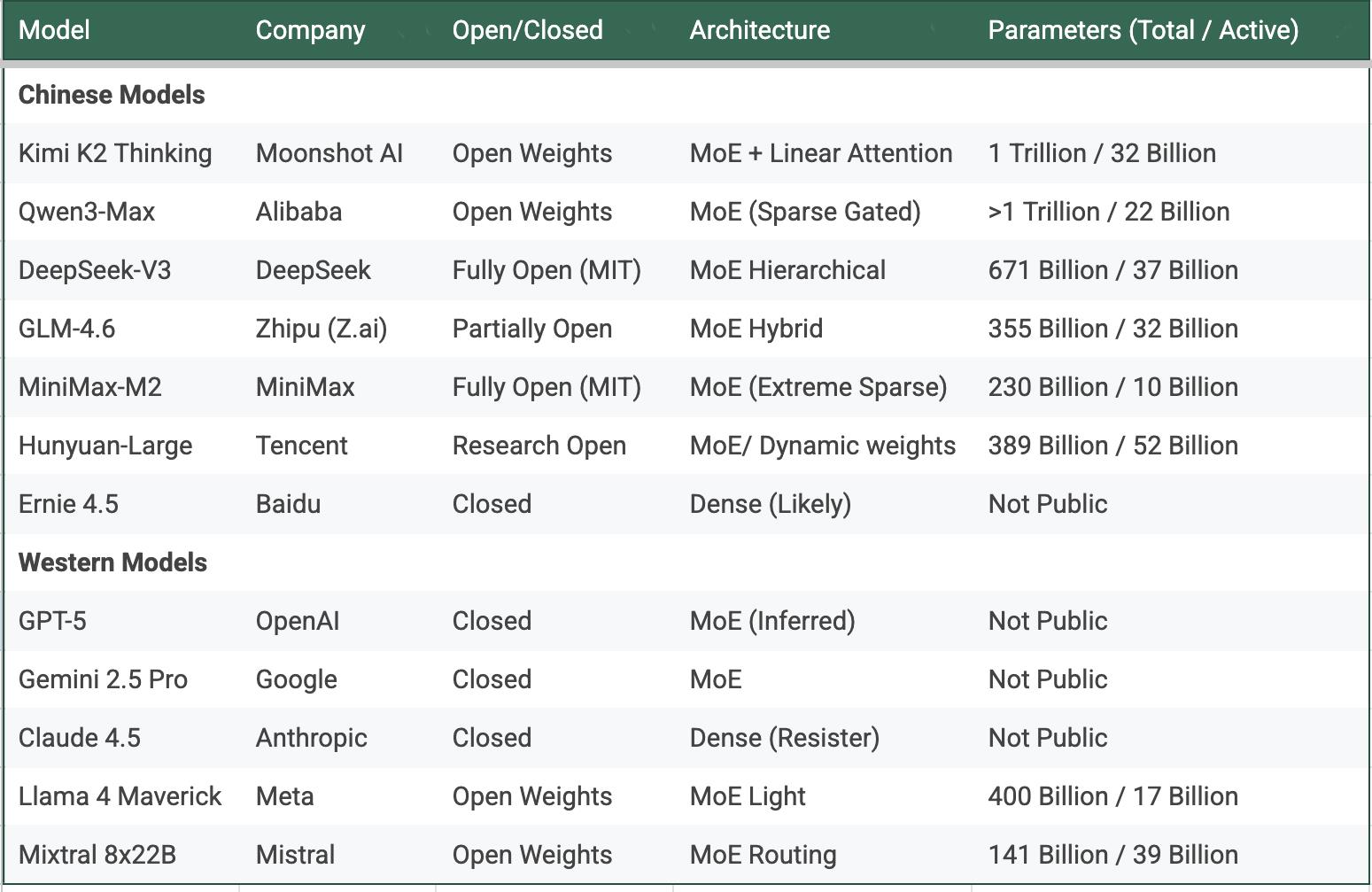
Nothing Is Given: China's Open-Source AI Tsunami
For a while, the proprietary developers defied this prophecy as they raced ahead in capabilities and reputation. By now, the memo appears more right than the worst-case projections of the time. More importantly, few could have predicted the kind and the quantity of parties that would seize the moment.
A year ago, the idea of Chinese leadership in AI sounded implausible. Our series of articles, starting with the one titled “A Quiet Surge: the Rise of Chinese AI innovators” generated more doubts about the content than reviews of the landscape. Even after DeepSeek, the world assumed China's models were derivative or copies, with unprovable, exaggerated claims, its labs constrained by sanctions and costs.
That view now feels dated. By mid-2025, Chinese developers released more public LLMs than anyone else. They have begun to dominate download charts. DeepSeek, Qwen, MiniMax and Kimi are no longer marginal names. This reversal began before the latest releases that appeared in recent weeks.
When we began writing the article earlier in the week, eight of the ten highest-scoring open models were Chinese. If one can believe it, the lead has since widened! While we were writing, just on this Friday (November 7), we got the first open-source model, this one from Kimi, that claims to surpass the capabilities of the best proprietary models across a list of popular benchmarks.
The change is no longer just about algorithms. It is about how the economics of AI will undergo more changes in 2026.
The cascade westwardBefore we discuss the details of changes afoot, let's look at the evidence of acceptance.
For a host of nationalistic, idealistic, historic and other reasons, the Chinese models have attracted scorn in popular media in their cost claims, security and privacy issues, the genuineness of innovations claimed and the legality of the hardware that may have been used. None of these questions is adequately answered or answerable to the satisfaction of all, but in many Western quarters, skepticism didn't end with an argument. It ended with usage.
As per media reports, Cursor's engineers now rely on Chinese open models to power their code-generation agents. Cognition's frontier-sized SWE-1.5 was quietly built on a Chinese base model. Airbnb, once expected to lean toward OpenAI, runs its customer service bots on Alibaba's Qwen.
A fortnight ago, its chief executive, Brian Chesky, called it“fast, good and cheap.” Chamath Palihapitiya, founder of Social Capital, has stated that some of his companies moved multiple workloads from Anthropic and OpenAI to Moonshot's Kimi, calling it“way more performant and a ton cheaper.”
One can dismiss the recent news of Chinese models beating other models in crypto and stock trading (separate tests reported here and here ) as one-off, idiosyncratic and without sufficiently long history. However, the evidence of parity is growing.

Legal Disclaimer:
MENAFN provides the
information “as is” without warranty of any kind. We do not accept
any responsibility or liability for the accuracy, content, images,
videos, licenses, completeness, legality, or reliability of the information
contained in this article. If you have any complaints or copyright
issues related to this article, kindly contact the provider above.
























Comments
No comment